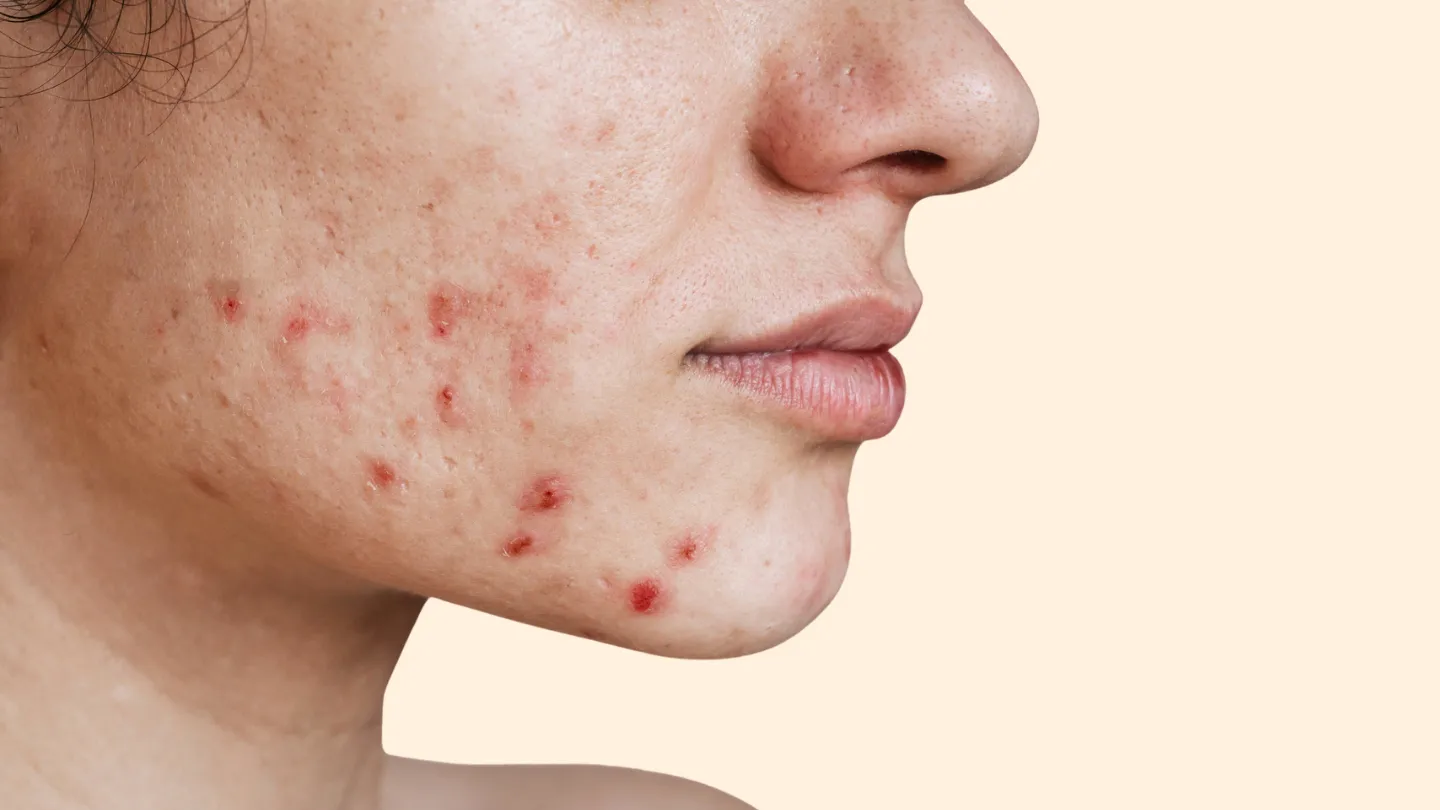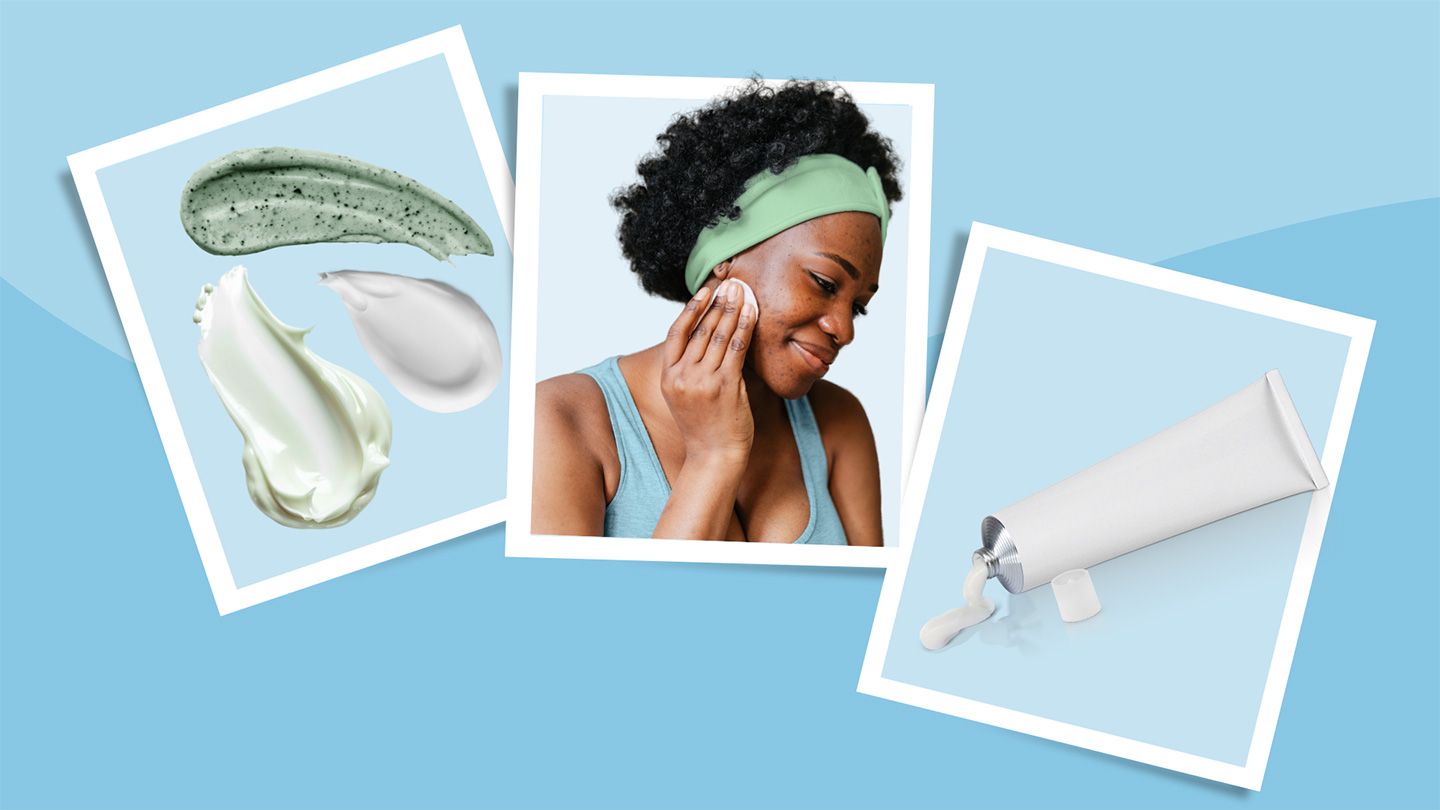Understanding Pomade Acne and How to Treat It
Many people use pomade for its ability to style hair and give it a slick, shiny look. But some find that after applying pomade, they end up with stubborn acne breakouts on their face, scalp, or other areas. Pomade acne can be frustrating, but with the right approach it can be treated and prevented.
What Causes Pomade Acne?
There are a few reasons why pomade may lead to acne for some people:
- Oil-based ingredients - Most traditional pomades contain mineral oil, petroleum jelly, or lanolin. These thick, waxy oils can clog pores and cause blackheads, whiteheads, and pimples to form.
- Residue buildup - Pomade tends to leave an oily, sticky residue on the skin that doesn't rinse off easily with just water. This residue can block pores and trap bacteria, leading to inflammation.
- Ingredient sensitivity - Some people may be sensitive to specific ingredients in pomade, like fragrances, preservatives, or compounds in mineral oil. This can trigger acne in those with sensitive skin.
- Transfer to the face - Applying pomade to the hair can transfer some of the product to the forehead, temples, and other facial areas. This can directly clog facial pores.
Types of Pomade Acne
Pomade acne can manifest in a few different ways depending on your skin type and the ingredients in the pomade:
- Non-inflammatory acne - This includes closed comedones (whiteheads) and open comedones (blackheads). The pores get clogged but there is no redness or swelling.
- Inflammatory acne - Red, tender pimples and pustules. This happens when the blocked pore gets infected by bacteria, leading to an inflammatory response.
- Cystic acne - Large, painful, under-the-skin acne lesions. Pomade residue that penetrates deep into pores can cause severe clogging, rupture, and cyst formation.
Pomade acne usually appears along the hairline, temples, forehead, back of the neck, and other areas where the pomade makes direct contact with the skin.
Proven Ways to Treat Pomade Acne
If you're struggling with pomade-induced breakouts, there are several effective treatment options to get your acne under control:
1. Switch to a Water-Based Pomade
Oil-free, water-based pomades are much less comedogenic than traditional oil-based ones. They rinse clean and don't leave a heavy, pore-clogging residue on the skin. Popular options include:
- Layrite Superhold Water-Based Pomade
- Suavecito Firme (Strong) Hold Water Based Pomade
- Imperial Barber Classic Water Based Pomade
2. Use an Acne Face Wash
Washing your face daily with a cleanser containing acne-fighting ingredients can help prevent pomade residue from clogging pores and causing breakouts. Look for face washes with:
- Salicylic acid - Clears dead skin cells and debris from pores
- Benzoyl peroxide - Kills acne-causing bacteria
- Glycolic acid - Exfoliates the top layer of skin
- Sulfur - Absorbs excess oil
Use a gentle, circular motion to lather the cleanser over any areas prone to pomade acne. Rinse thoroughly with lukewarm water.
3. Exfoliate Regularly
Using an exfoliating scrub or chemical exfoliant helps lift away the dull, pore-clogging skin cells and accumulated pomade gunk that can lead to acne. Exfoliate problem areas 2-3 times per week for clearer skin.
4. Spot Treat with Benzoyl Peroxide
Dabbing on a benzoyl peroxide cream directly onto breakouts will help dry them out fast and reduce inflammation and redness. Look for a 2.5-5% benzoyl peroxide concentration. Allow it to sit on the skin for a few minutes before rinsing.
5. Apply a Retinol Cream
Retinol boosts collagen production, fades acne scars, and helps clear clogged pores. Using a pea-sized amount of an over-the-counter retinol cream on pomade acne-prone areas at night can help improve breakouts over time.
6. Use Oil-Absorbing Face Masks
Clay masks containing bentonite or kaolin clay can draw out impurities from the skin and soak up excess oiliness caused by pomade residue. Apply a thin layer to breakout-prone areas, leave on for 10-15 minutes, then rinse thoroughly.
7. Avoid Touching Affected Areas
Resist the urge to pick at or pop pimples as this can worsen inflammation and lead to scarring. Don't rest your face on your hands as this can transfer pomade residue. Change your pillowcase frequently to avoid recontamination.
8. Take Anti-Inflammatory Supplements
Supplements like omega-3s, zinc, vitamin C, and turmeric contain properties that can help reduce inflammatory acne lesions. Talk to your dermatologist before starting any new supplements.
When to See a Dermatologist
See your dermatologist if you experience severe, painful cystic acne or if over-the-counter treatments aren't improving your breakouts. A dermatologist can provide prescription-strength acne treatments like:
- Topical or oral antibiotics
- Isotretinoin (for severe, cystic acne)
- Anti-androgen therapies
- Photodynamic therapy
- Steroid injections to shrink large, inflamed pimples
With professional help, you can finally get your pomade-related acne under control and enjoy clear, smooth skin!
Tips for Preventing Pomade Acne
While treating existing breakouts is important, prevention is ideal when it comes to pomade acne. Here are some tips to help avoid pomade-induced pimples in the first place:
1. Apply Pomade Sparingly
Using too much pomade increases the risk of pore-clogging buildup on the skin. Stick to a dime-sized amount applied only to the hair, not directly on the scalp or skin.
2. Style Hair Back and Away From Face
Slicking hair away from the forehead instead of down onto the face helps minimize transfer of pomade residue to the skin. Frequently brushing hair back also cuts down on contact.
3. Wash Face Immediately After Styling
Make it a habit to wash your face as soon as you're done applying pomade. This removes any product that got onto the skin before it has a chance to clog pores.
4. Shampoo Regularly to Remove Buildup
Make sure to shampoo a couple times a week to wash away any pomade accumulation on the scalp. This prevents breakouts on the hairline, temples, and back of neck.
5. Remove Pomade Thoroughly Before Bed
Never sleep with pomade still in your hair. The residue will get all over your pillowcase and transfer back to your skin. Use an oil-removing shampoo to wash it out before bedtime.
6. Disinfect Combs, Brushes, and
FAQs
What is the best way to prevent pomade acne?
The best prevention is to apply pomade sparingly, style hair away from the face, wash face immediately after styling, shampoo regularly, remove pomade thoroughly before bed, and disinfect styling tools.
Should I stop using pomade if I have acne?
You don't necessarily have to stop using pomade altogether if you have acne. Switching to a water-based pomade, improving your hair/skin cleansing routine, and using acne treatments can help clear up breakouts.
What ingredients in pomade cause acne?
Ingredients like mineral oil, petroleum jelly, and lanolin found in traditional oil-based pomades tend to clog pores and cause acne for some people. Fragrance and preservatives may also trigger breakouts.
Should I see a dermatologist for my pomade acne?
See a dermatologist if you have severe, painful cystic acne or if over-the-counter remedies aren't working. A dermatologist can provide stronger prescription acne treatments.
How can I cover up pomade acne?
Use an oil-free, non-comedogenic concealer and foundation to lightly cover pomade acne. Avoid heavy makeup that could further clog pores. Make sure to wash makeup off fully at night.
Disclaimer: This article is for informational purposes only and does not constitute medical advice. Always consult with a healthcare professional before starting any new treatment regimen.
Related Coverage
Aklief interactions with prescription drugs, supplements, alcohol, and skincare can cause irritation—learn how to avoid them....
Microdermabrasion for acne can smooth active breakouts, reduce shallow scars, and boost collagen, but it's best for mild cases....
Skin popping illegal drugs leads to distinct track mark scarring plus infections and overdose risks. But professional treatment can restore hope and skin health....
Considering Epiduo? Learn common side effects, soothing tips, when to call a doctor, and essential sun protection advice....
VMware publishes annual report on high-risk vulnerabilities, highlighting increased threats from ransomware, supply chain attacks, and cloud misconfigurations in 2023....
Learn what causes clogged pores on feet and how to unclog them. Discover home remedies, medical treatments and key prevention tips for clearing foot blackheads....
Learn what causes lip zits and how to get rid of them fast using warm compresses, OTC creams, antibiotics, lifestyle changes and dermatologist treatments....
Learn about the causes of fungal acne, the importance of using a specialized fungal acne face wash, and tips for effectively treating and preventing stubborn fungal breakouts....
Butt acne scars often leave behind dark spots, redness and uneven texture. Preventing blemishes can limit damage. Using OTC creams, chemical peels and microneedling may help reduce the appearance of scarring over time....
Tri-gluteal syndrome leads to having a rare third butt cheek. Learn about clothes fitting, self-confidence, intimacy, and surgery options for this genetic variation....








